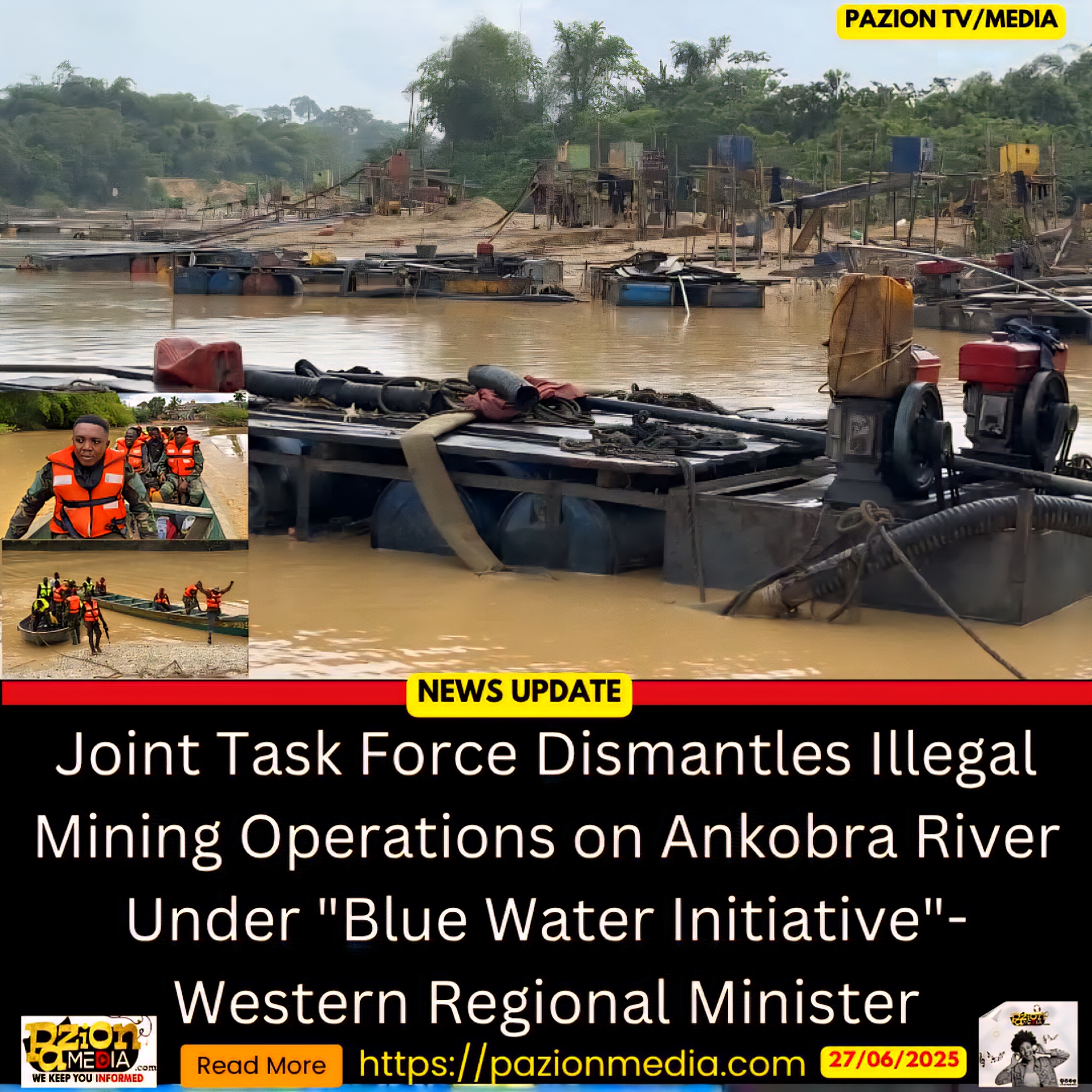Dr. Bright Boafo Boamah, a medical doctor and toxicologist, has sounded the alarm about the devastating impact of illegal mining, known as “galamsey,” on Ghana’s water bodies. He has warned that it could take a staggering 10 to 15 years to restore these vital resources, highlighting the immense challenge posed by the widespread contamination.
Dr. Boamah’s warning underscores the severity of the environmental damage inflicted by galamsey. The heavy metals and chemicals, including mercury and cyanide, used in this illicit activity have seeped into Ghana’s rivers and streams, leaving behind a toxic legacy. This contamination poses a significant threat to both human and wildlife health, and the recovery process, according to Dr. Boamah, will require a multi-faceted approach involving continuous monitoring and remediation strategies.
The toxicologist emphasized the urgency of the situation, noting that even immediate action will not produce an instant turnaround. He stressed the need for strict enforcement of environmental laws and the implementation of sustainable solutions that prevent future pollution. Dr. Boamah also raised concerns about the increasing antimicrobial resistance, a potential consequence of the heavy metal contamination, making it even more difficult to treat infections.
The stark reality painted by Dr. Boamah calls for a collective effort to combat galamsey. He urges all stakeholders, including the government, civil society, and the general public, to prioritize the restoration of Ghana’s water bodies and the protection of the environment. Failure to act decisively now, he warns, will have devastating consequences for future generations.
This statement underscores the importance of prioritizing long-term environmental sustainability. Restoring Ghana’s water bodies will require a comprehensive and sustained effort, involving not only remediation but also tackling the root causes of galamsey. The need for decisive action is urgent, and the next 10 to 15 years will be critical in determining the success of these efforts and the future health of Ghana’s water resources.
 Pazionmedia.com Pazion Media l Latest News l Politics l Sports l Entertainment
Pazionmedia.com Pazion Media l Latest News l Politics l Sports l Entertainment



